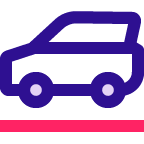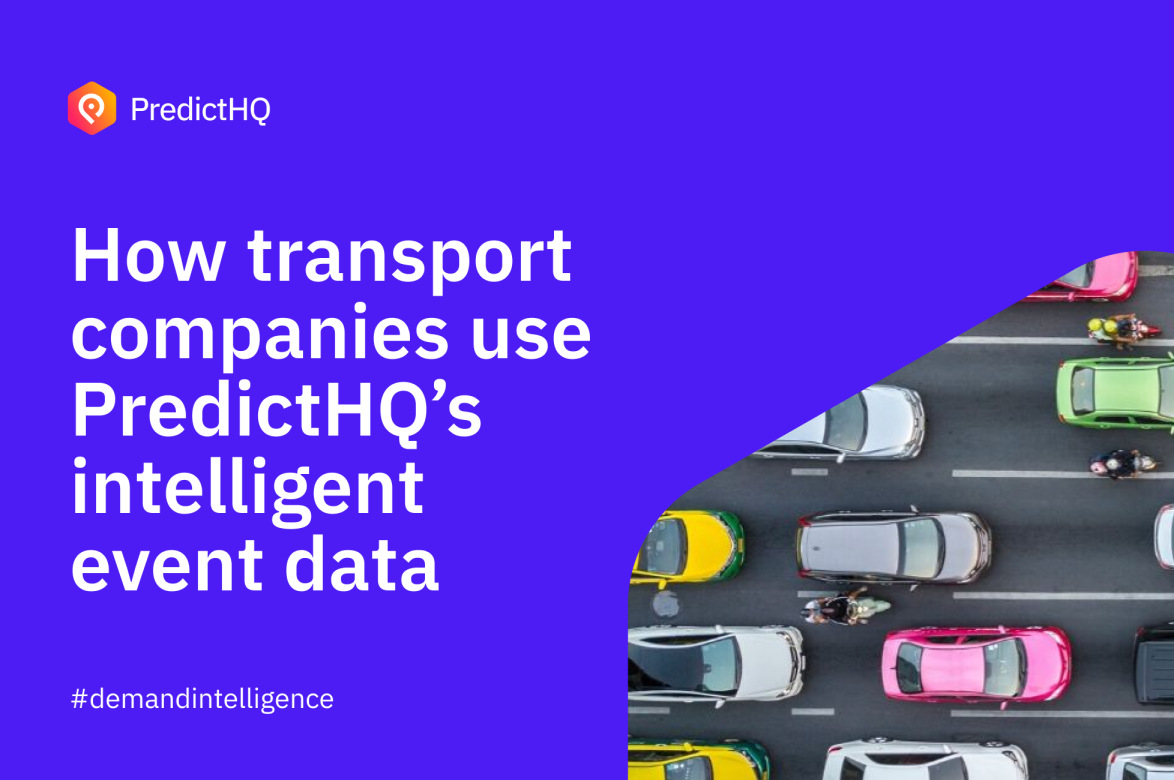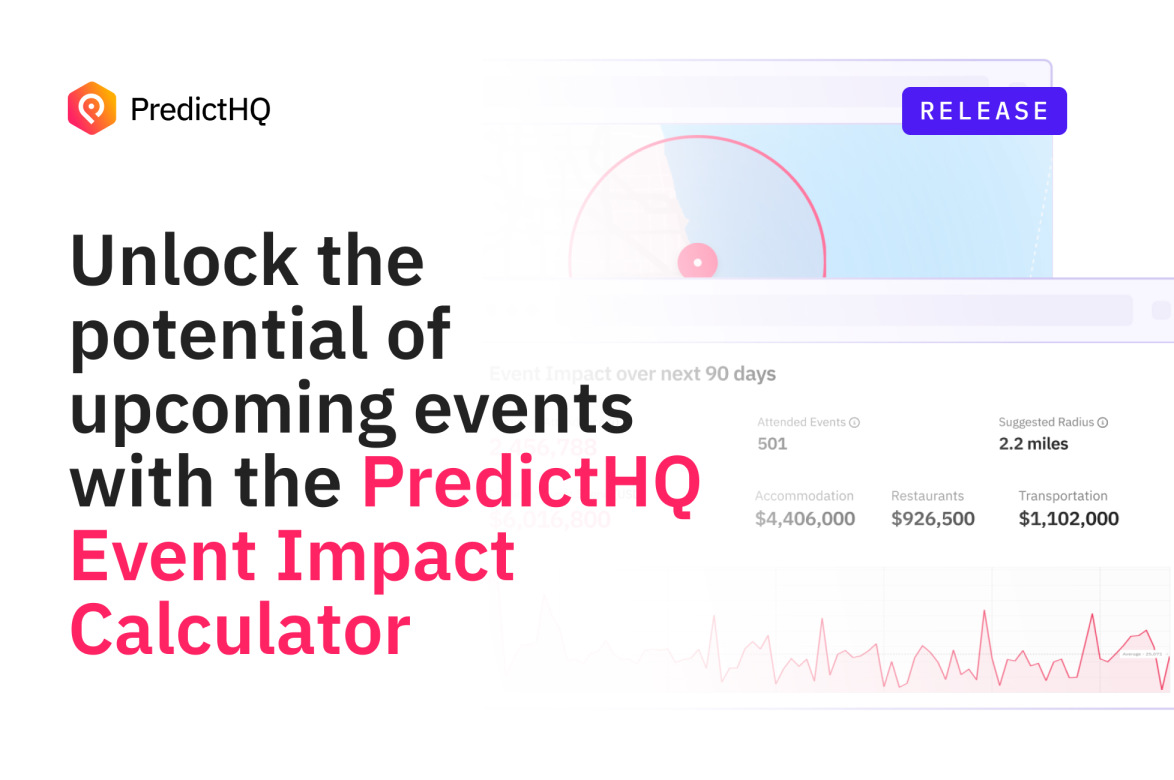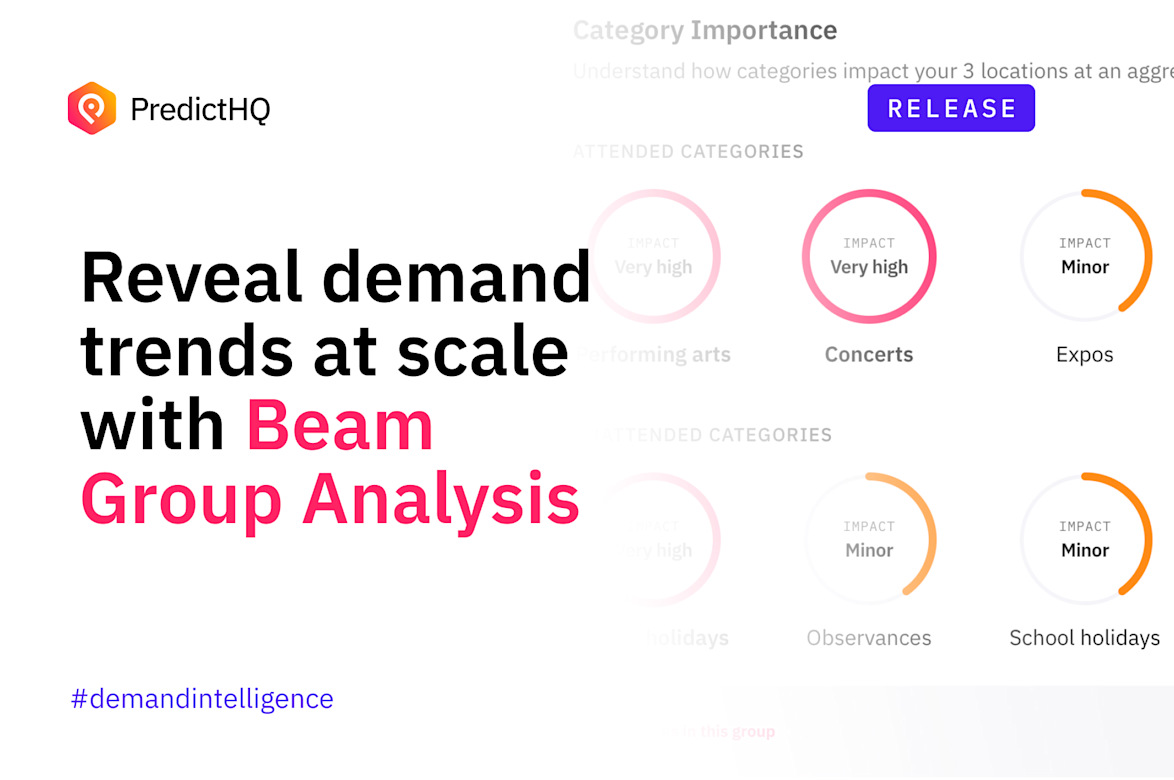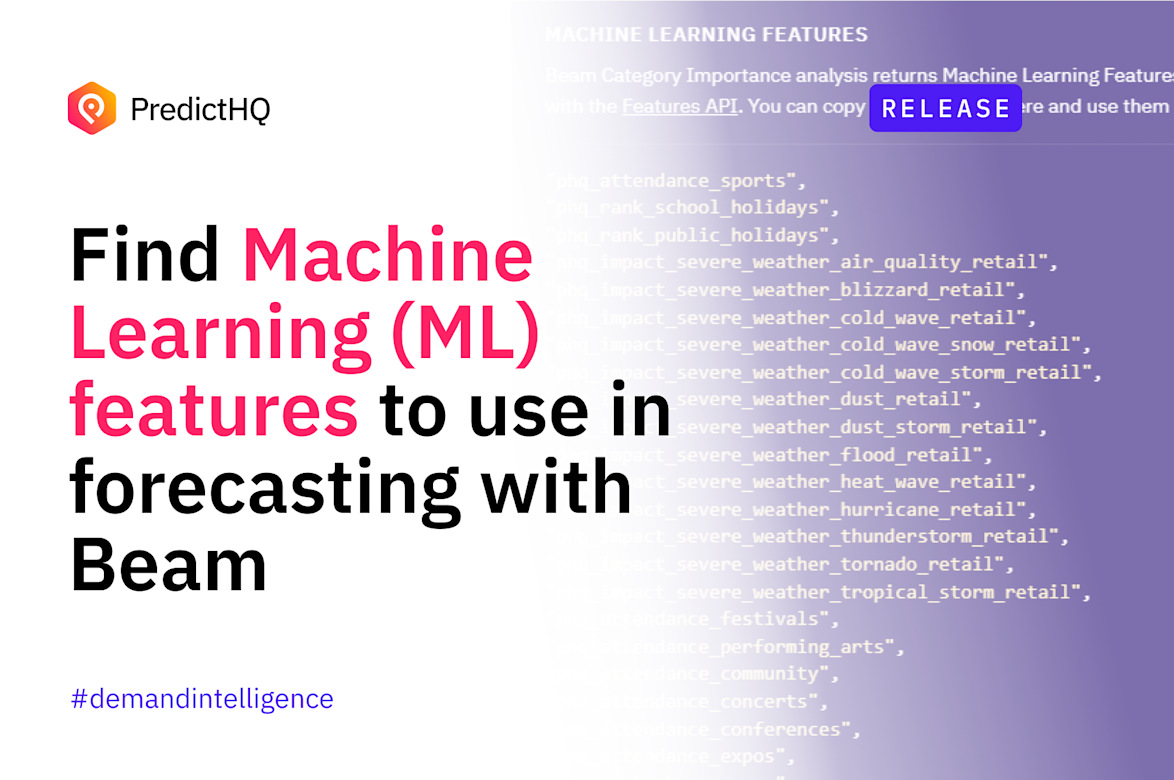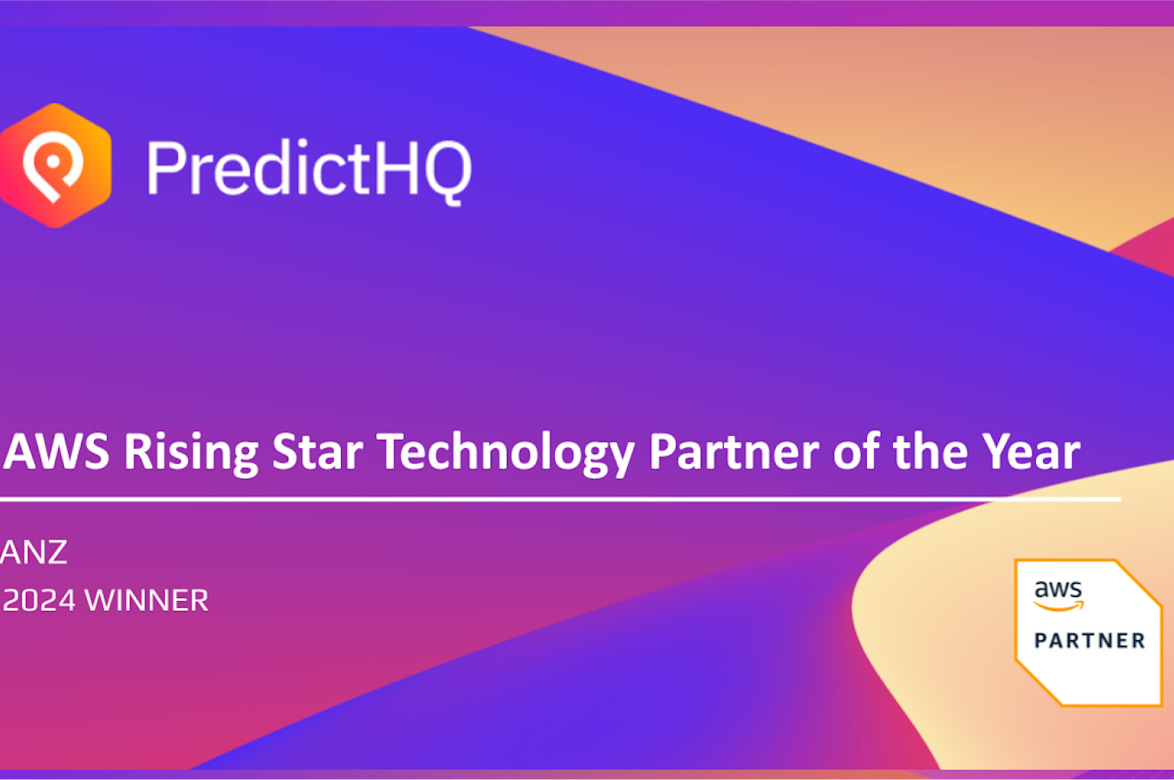From Gridlock to Green Light: How Event Impact Analysis Powers Urban Mobility

Event impact analysis is key in the fast-paced world of urban mobility
Parking and transportation, including taxis and rideshares, are essential components of the urban mobility ecosystem in cities globally. As technology continues to advance, the future of urban mobility is increasingly reliant on data and predictive analytics, such as event impact analysis.
Event impact analysis is a critical tool for businesses in the urban mobility space looking to understand and get ahead of the potential effects of upcoming events on their operations. By leveraging local event data and predictive demand intelligence, event impact analysis offers insights into how conferences, sports games, severe weather, and more impact everything from consumer demand to local traffic to staffing needs.
This comprehensive approach assesses the effects of events on a business, including their financial, operational, and customer impact. By closely examining the data surrounding local events, businesses gain valuable insights into consumer behavior, market trends, and competitive dynamics.
This information is used by key players across the parking and transportation space to master predictability and make data-driven decisions based on expected demand fluctuations. Event impact analysis is used to optimize urban mobility, including improved operational efficiency, community safety, enhanced end user experiences, and more. For example:
Rideshare apps: Companies like Uber use event impact analysis to anticipate increased demand for transportation services during major conferences or sporting events, allowing them to allocate resources more efficiently and provide better service to their customers.
First responders: IBM uses event impact analysis to increase road safety by helping first responders anticipate and prevent traffic accidents before they even happen in Munich, Germany.
Parking garages: Parking operators such as ParkMobile also leverage predictive event data to prepare for peak periods of demand based on local event activity. Event impact analysis powers their ability to fine-tune marketing strategies to boost parking reservations.
Food and drink delivery: On-demand delivery drivers from Instacart and Stoovo use hyperlocal event insights to avoid traffic for faster deliveries, and streamline last-mile delivery.
Event impact analysis powers smarter, smoother transportation at scale
Leading rideshare and mobility companies use event impact analysis as an essential layer of data that adds much-needed context to their existing platforms. It allows them to anticipate demand surges in advance, powering their ability to better mobilize their driver networks, shorten wait times for end users, and dynamically adjust pricing to align with local demand levels, at scale.
Shorter wait times: Imagine a major concert happening downtown. Traditionally, a company might see a spike in ride requests and scramble to get drivers in the area. With event impact analysis, they would have known about the concert weeks in advance. This allows them to strategically position drivers near the venue beforehand, leading to shorter wait times, a boost in customer satisfaction, and prevented traffic congestion.
Go beyond only the big events: Say there's a local farmers market, a food truck festival, and a charity run all happening in the same neighborhood on Saturday morning. Individually, these might not cause a huge influx in demand. However, by identifying clusters of overlapping smaller events compounding demand, rideshare platforms are able to predict a surge and position enough drivers in place to prevent missed trips and frustrated riders.
Optimize event-based dynamic pricing: This foresight also empowers companies to be smarter with pricing. Knowing where demand is high allows them to offer targeted incentives to drivers to encourage them to operate in those areas. Alternatively, they can adjust pricing dynamically to meet the surge, ensuring both rider affordability and driver profitability.
By harnessing the power of event impact analysis, leading rideshare and mobility companies are no longer simply reacting to traffic surges, but proactively shaping the urban mobility landscape. This translates to a more efficient transportation ecosystem for everyone. This data-driven approach extends beyond rideshare, paving the way for a future where all aspects of urban mobility – from parking and public transportation to bike sharing and on-demand delivery – work together seamlessly to create a truly smart city.
Events shape city parking pricing and availability
One London-based parking operator experienced a 60% increase in demand in one day as a result of several dozen overlapping concerts and performing arts shows within a three mile radius. These events had a combined attendance impact of over 30,000 people in the area – which is the level of hyperlocal insight that event impact analysis provides.
For smarter cities, understanding how events impact parking demand and availability is key to ensuring a seamless experience for both residents and visitors. By analyzing the impact of local events such as concerts, sporting events, and festivals on parking garage usage, operators have the insights needed to dynamically adjust pricing and availability to maximize revenue and improve customer satisfaction for every event.
By integrating intelligent data related to events, parking operators such as ParkMobile are able to:
Save 90% of the time dedicated to collecting and surfacing events on their parking reservations platform
Adjust parking prices around expected peak and high demand times based on events
Provide more context around parking prices, building trust and powering higher conversion rates for pre-booked parking spots
Address gaps in their event and venue data coverage to enhance the customer experience when booking parking spots to attend events
Hyperlocal event knowledge also helps parking providers better anticipate peak demand times and adjust their pricing and availability accordingly – alleviating traffic congestion and frustration for drivers while maximizing revenue for parking facilities.
In addition to parking and transportation, other industries in the urban mobility space are benefiting from event impact analysis including bike and scooter sharing, public transportation and urban planning agencies, and on-demand delivery apps. By leveraging data-driven insights, these industries can make informed decisions that enhance the overall efficiency and sustainability of urban mobility.
Join the ranks of business leaders using event impact analysis to better understand and manage the complex dynamics of urban mobility. Try for free today to leverage predictive event data and analytics to master predictability and take control of demand volatility at scale.




